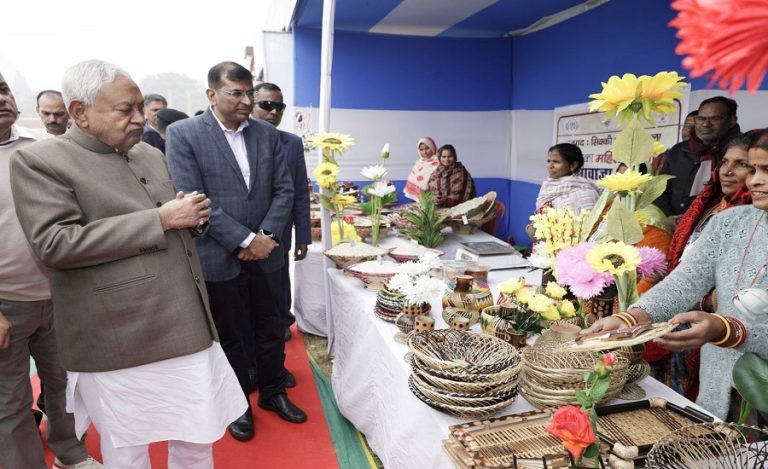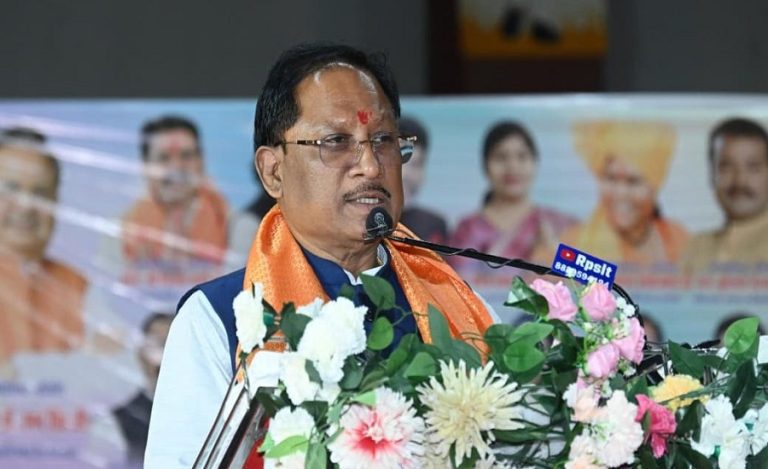The Uttar Pradesh government will now allocate development funds to rural and urban areas primarily based on population, with 90 percent of the funds distributed according to population and the remaining 10 percent based on geographical area. This new funding formula was recommended by the Sixth State Finance Commission, whose report for the financial years 2025–26 and 2026–27 has been tabled in the State Assembly. The state government is set to implement these recommendations.
Due to the absence of a new census since 2011, population figures from the 2011 Census will be used for fund allocation.
No Change in Rural-Urban Fund Ratio
Commission Chairman Mr. Deepak Kumar (1990-batch IAS officer) has recommended that there be no change in the current 60:40 distribution ratio between Panchayati Raj institutions and urban local bodies. He noted that Panchayati Raj institutions already receive relatively higher funds from the Central Finance Commission.
Urban Fund Distribution
Of the 60 percent allocated to urban local bodies:
- 45 percent will go to Municipal Corporations
- 35 percent to Municipal Councils
- 20 percent to Nagar Panchayats
In case a Nagar Panchayat or Nagar Palika is upgraded to a higher category such as a Municipal Corporation, it will receive funds based on the upgraded category. The inter-body distribution will then be revised from the beginning of the next financial year (i.e., from April).
Rural Fund Allocation
Within the rural allocation, district-wise funds will be distributed as follows:
- 70 percent to Gram Panchayats
- 15 percent to Area Panchayats
- 15 percent to District Panchayats
For Gram and Area Panchayats, 90 percent of funds will be allocated based on total population, and 10 percent based on the Scheduled Caste and Scheduled Tribe population.
District Panchayats will be permitted to use up to 25 percent of their allocated funds for salary and pension expenses of their employees.
Portal Launched for Transparency
For the first time in India, a State Finance Commission has launched an online portal — https://upsfc.up.gov.in — to compile and publish data from rural and urban local bodies. The report notes that previous Finance Commissions did not make data available, which created obstacles in formulating accurate recommendations. The portal aims to bring greater transparency and improve data-driven governance.
No Funds for Cantonment Boards
The State Finance Commission has clearly stated that Cantonment Boards will not be eligible for funds from the state government. Since the state does not have direct administrative control over Cantonment Boards and they are not accountable to the state legislature, allocating funds from the state’s tax revenue is deemed impractical.
No Recommendations on Own Source Revenue
The Sixth State Finance Commission has not made any recommendations regarding the enhancement of Own Source Revenue (OSR) for Panchayati Raj institutions. Instead, it has recommended a detailed study on the subject to evaluate the scope and potential for increasing the financial independence of local bodies.
Implementation Ahead
With the recommendations now placed before the Assembly, the state government is expected to roll out the new funding formula from the upcoming financial year. This marks a significant shift toward a more population-centric model of fund allocation aimed at ensuring equity and efficiency in resource distribution across Uttar Pradesh.
Also Read: India Crosses 100 GW Solar PV Manufacturing Capacity, Marking a Global Clean Energy Milestone



























